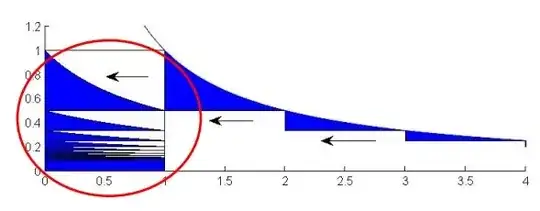Let $$ C_n=\sum_{i=1}^n \frac{1}{i}-\log n,\quad n\geq 1 $$ It is well-known that the limit of $(C_n)_{n\geq 1}$ exists, where its limit is denoted $\gamma$, Euler's constant. I'll shortly write what the author Artin has stated this proof in his work, Gamma function. He defines $D_n=C_n-\frac{1}{n}$ for $n\geq 1$. Then, he proceeds proving that $(C_n)_{n\geq 1}$ is strictly increasing and $(D_n)_{n\geq 1}$ is strictly decreasing. Since $D_n<C_n$, it follows that $(C_n)_{n\geq 1}$ is bounded below by $D_1=0$, and thus the sequence converges. That's all.
The question is:
How to show that $\gamma$ lies in $(0,1)$?
Since $0=D_1<D_n<C_n<C_1=1$, and since limits do not preserve the strict inequalities, the limit must lie in $[0,1]$. Is there a (hopefully simpler) way to transform from $[0,1]$ to $(0,1)$?
